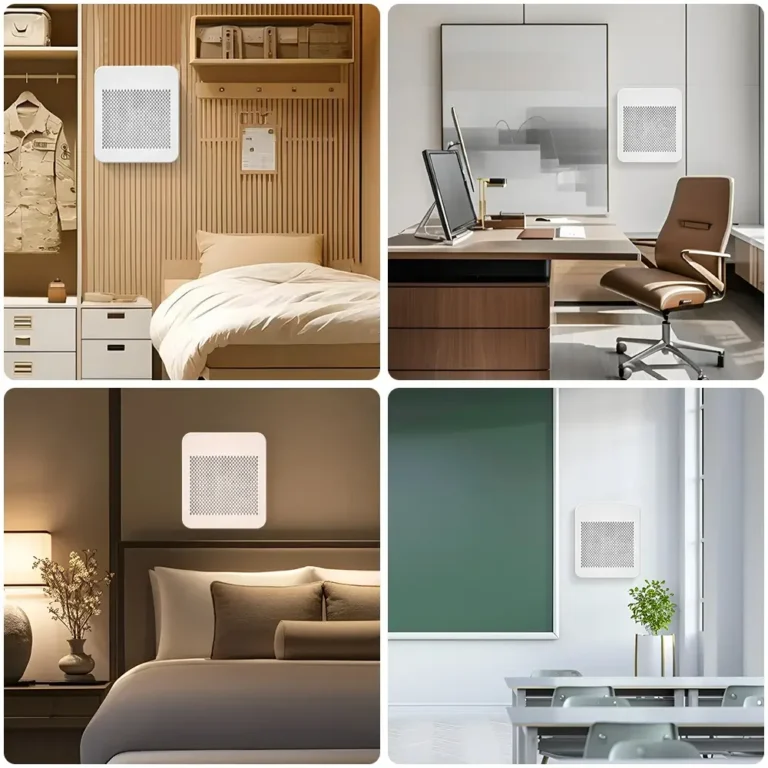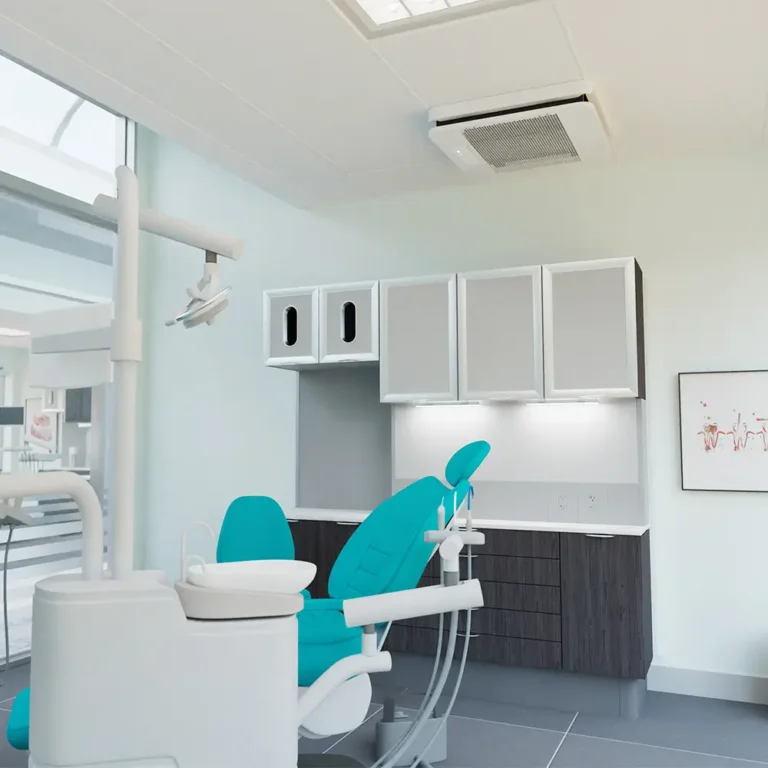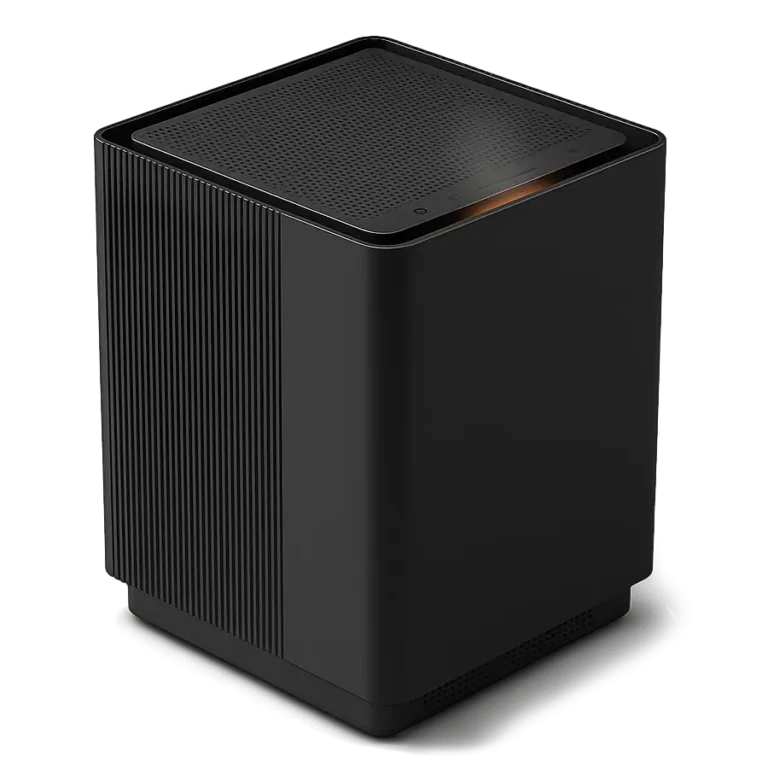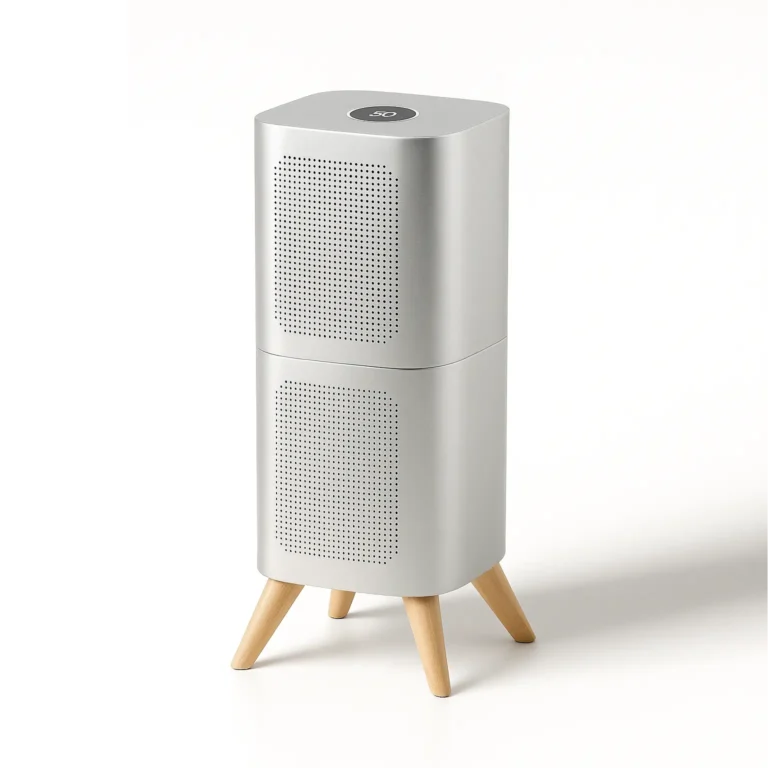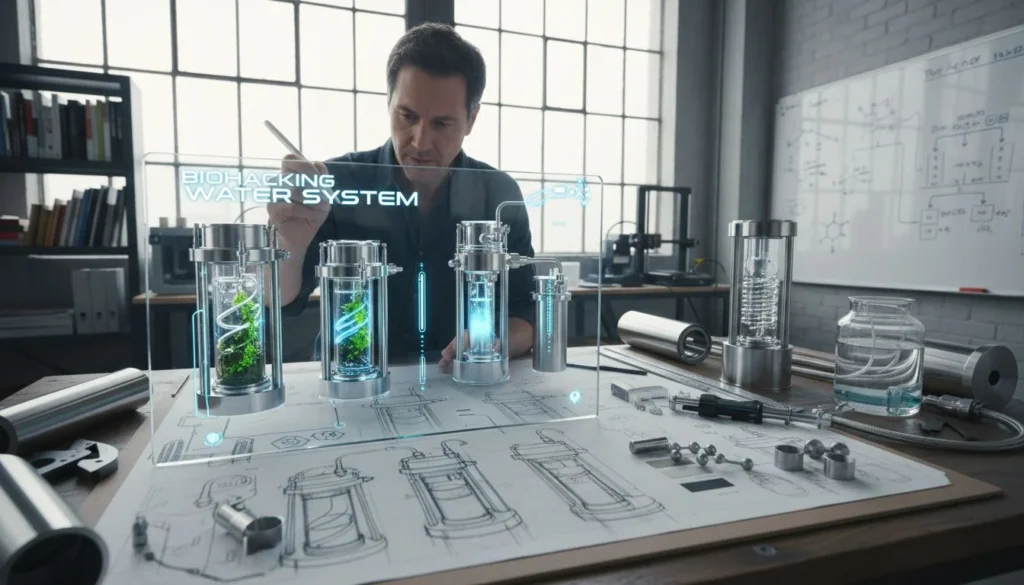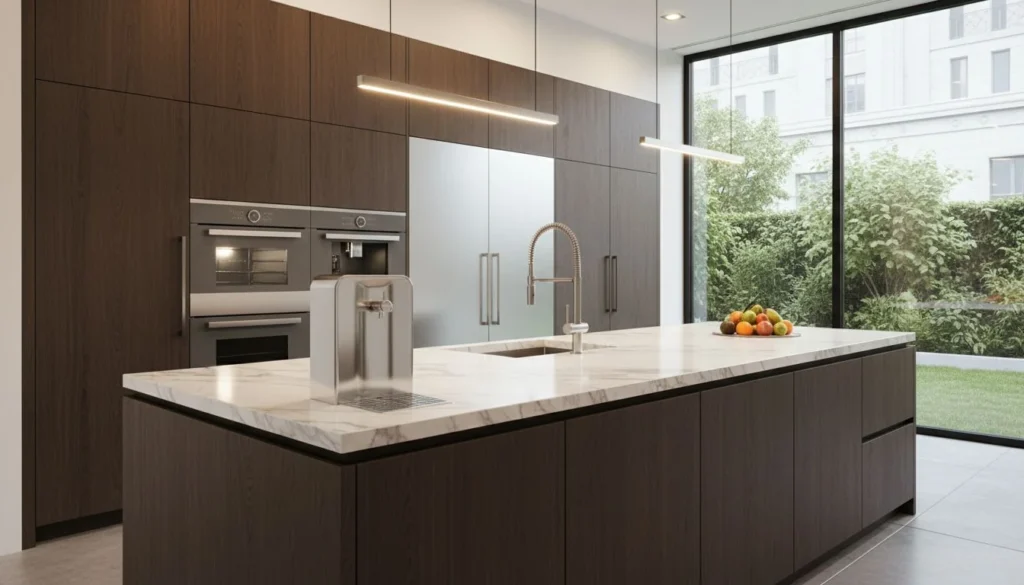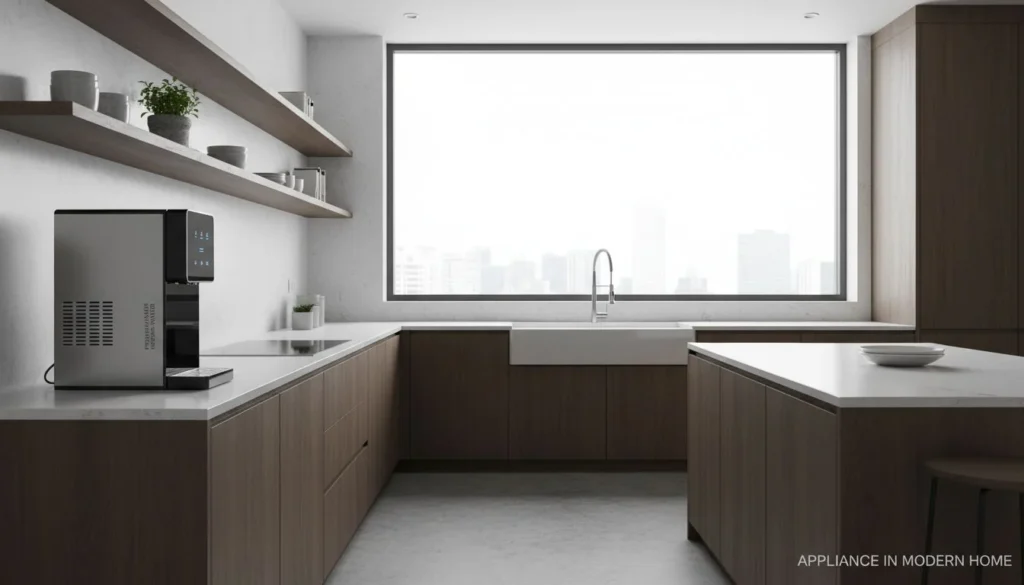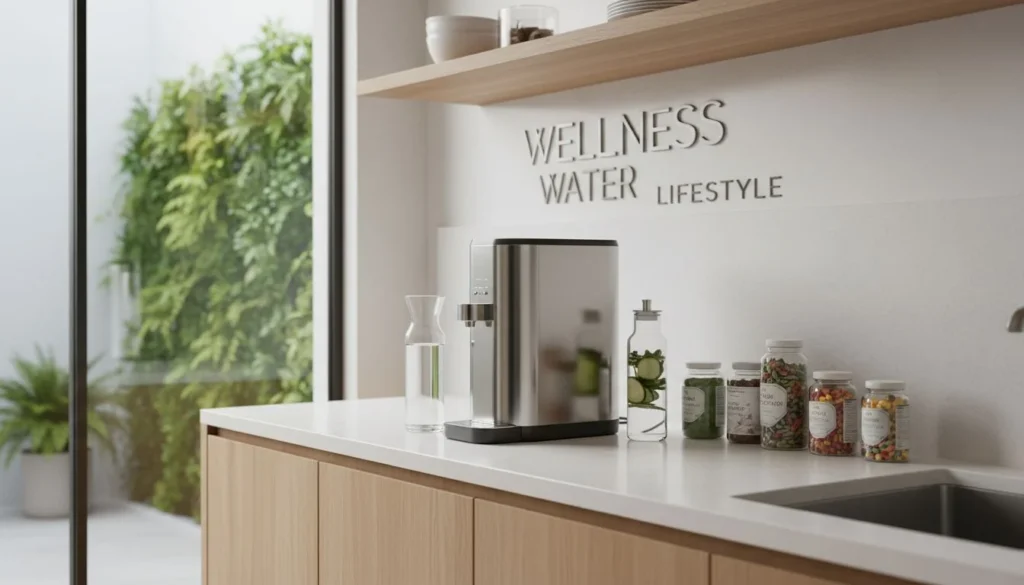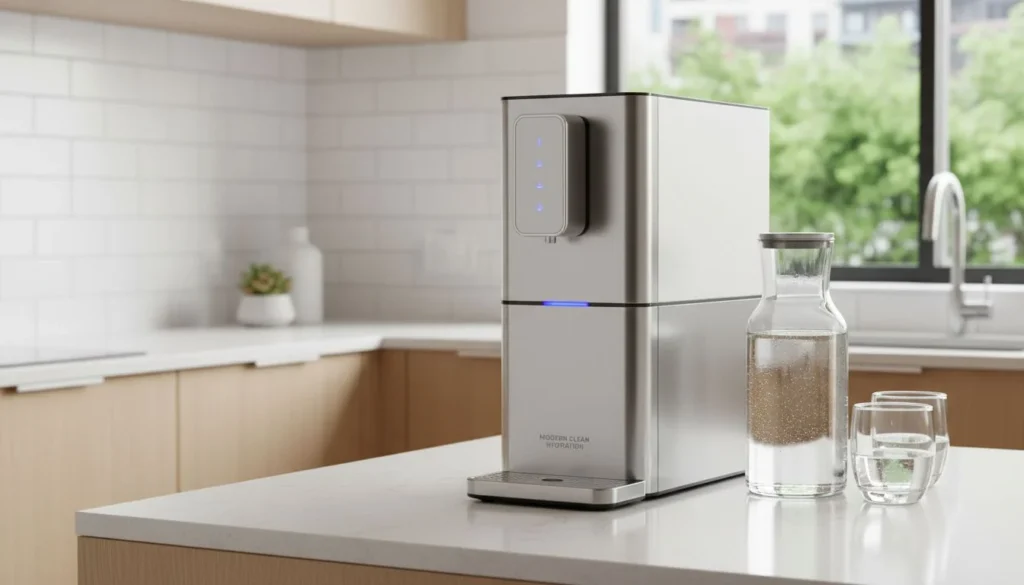The air we breathe is more than just a necessity; it’s a crucial element of our well-being. As global awareness about air quality surges, the air purifier industry is thriving like never before.
China leads in air purifier production due to its robust supply chain and long-standing manufacturing expertise. However, India's presence is growing, driven by new assembly plants leveraging imported materials from China to meet rising demands and circumvent tariffs.
Understanding the dynamics of air purifier production between China and India offers invaluable insights for businesses and consumers alike. Dive deeper to discover the competitive advantages, market strategies, and future prospects shaping this industry's landscape.
China leads in air purifier production globally.True
China's extensive supply chain and manufacturing expertise make it a leader.
What Makes China a Dominant Player in Air Purifier Manufacturing?
China's dominance in air purifier manufacturing is rooted in its extensive supply chain and expertise.
China excels in air purifier manufacturing due to its comprehensive supply chain, advanced technology, and extensive experience, making it the leading global hub.
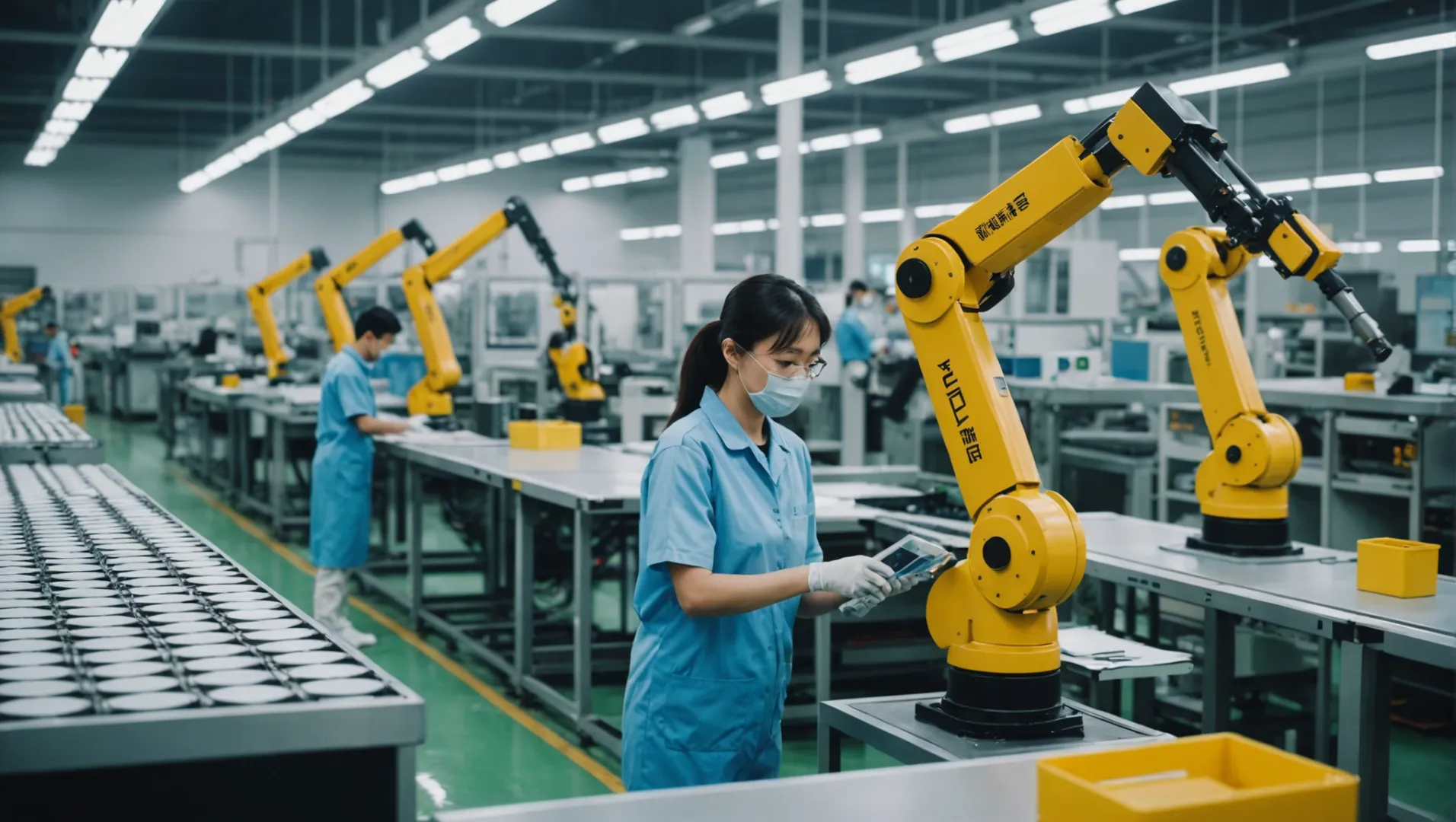
Extensive Supply Chain Infrastructure
One of the primary reasons China has secured its place as a leader in air purifier manufacturing is its well-established supply chain infrastructure. Over decades, China has developed a network of suppliers that provide everything from raw materials to cutting-edge technology. This integrated approach allows manufacturers to keep costs low and production efficient. For businesses, this means they can benefit from competitive pricing and rapid production cycles, essential in a fast-paced global market.
Advanced Manufacturing Capabilities
China has invested heavily in manufacturing technologies and facilities, ensuring high-quality production standards are met. The country has become synonymous with innovation and scalability1, offering a range of products from budget-friendly models to high-end purifiers with the latest technology. These capabilities have not only served domestic needs but have also catered to global markets, further cementing China's dominance.
Strategic Market Positioning
The strategic positioning of Chinese manufacturers enables them to meet varying demands globally. By understanding consumer needs across different regions, Chinese companies can tailor their products, offering features like HEPA filtration and smart connectivity. This adaptability is crucial as consumers become increasingly aware of air quality issues.
Long-standing Expertise
Experience matters in manufacturing, and China has years of it. The country's expertise is reflected in its ability to innovate and adapt swiftly to changing market dynamics. This long-standing expertise means Chinese manufacturers can anticipate market trends and needs effectively. As a result, they maintain a competitive edge over emerging players like India.
Challenges and Opportunities
Despite these strengths, there are challenges such as international tariffs and environmental concerns that Chinese manufacturers must navigate. However, these challenges also present opportunities for diversification into other regions and markets.
To sum up, China's dominance in air purifier manufacturing2 can be attributed to its comprehensive supply chain, advanced technologies, and decades of expertise that together create a formidable presence in the global market.
China's supply chain keeps air purifier costs low.True
China's integrated supply chain allows for cost-effective production.
China lacks advanced manufacturing technologies for purifiers.False
China has heavily invested in advanced manufacturing technologies.
How is India's Air Purifier Market Evolving?
India's air purifier market is on the cusp of transformation, driven by strategic shifts.
India's air purifier market is evolving through strategic assembly operations using imported components, aiming to overcome tariff barriers and cater to domestic and international demands.
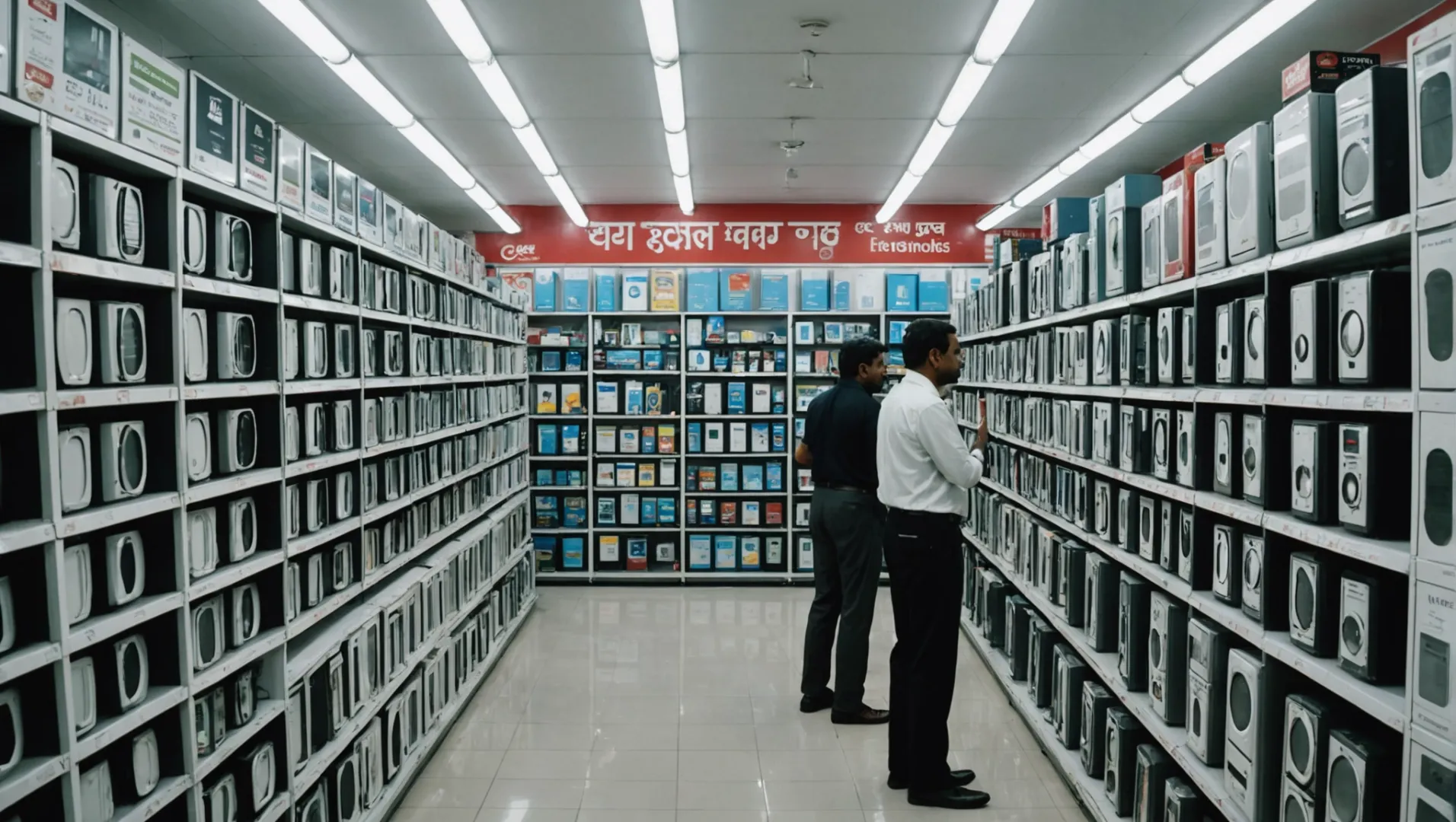
Rising Domestic Demand
The increase in air pollution levels across Indian cities has led to a significant uptick in the demand for air purifiers. As awareness about health and wellness grows, more urban households are investing in these devices. This rising demand is not only boosting sales but also attracting foreign manufacturers to explore opportunities within India.
Strategic Assembly Operations
To circumvent high import tariffs, several companies are adopting the Semi-Knocked Down (SKD) approach. This involves importing key components from countries like China and assembling them domestically. This strategy allows manufacturers to offer competitively priced products while fostering local job creation and skill development. Such operations are paving the way for a more robust manufacturing ecosystem3.
Government Initiatives and Support
The Indian government's initiatives such as 'Make in India' and favorable policies for foreign direct investment (FDI) are encouraging global players to set up manufacturing bases in India. Although the air purifier market is currently dominated by imports, these policies could lead to increased local production, reducing reliance on Chinese imports.
Comparative Advantage of India
While India may not be the first choice for relocating manufacturing units compared to Southeast Asian countries like Vietnam or Thailand, it offers a large domestic market potential. The presence of a burgeoning middle class with increasing purchasing power makes India an attractive prospect for future investments.
Impact of International Trade Dynamics
International trade policies and tariffs significantly influence production strategies. With tariffs on Chinese imports in markets like the US, there is a growing trend towards diversification of manufacturing bases. India stands to benefit from these shifts, albeit gradually, as companies look to mitigate risks associated with over-dependence on a single country.
Future Prospects
The evolution of India's air purifier market hinges on continued demand growth, effective policy implementation, and infrastructural advancements. As environmental consciousness rises and technology improves, India's potential as a key player in the global air purifier industry could see remarkable advancements.
India's air purifier market is driven by SKD operations.True
SKD operations help reduce tariffs and boost local manufacturing.
India's air purifier market is unaffected by government policies.False
Government initiatives like 'Make in India' encourage local production.
What Role Do Tariffs Play in Shaping Production Strategies?
In an era of globalized trade, tariffs significantly influence where and how products are manufactured.
Tariffs compel manufacturers to reassess production strategies, often leading to relocation of assembly plants to tariff-friendly regions. This realignment helps reduce costs and maintain competitive pricing in target markets.
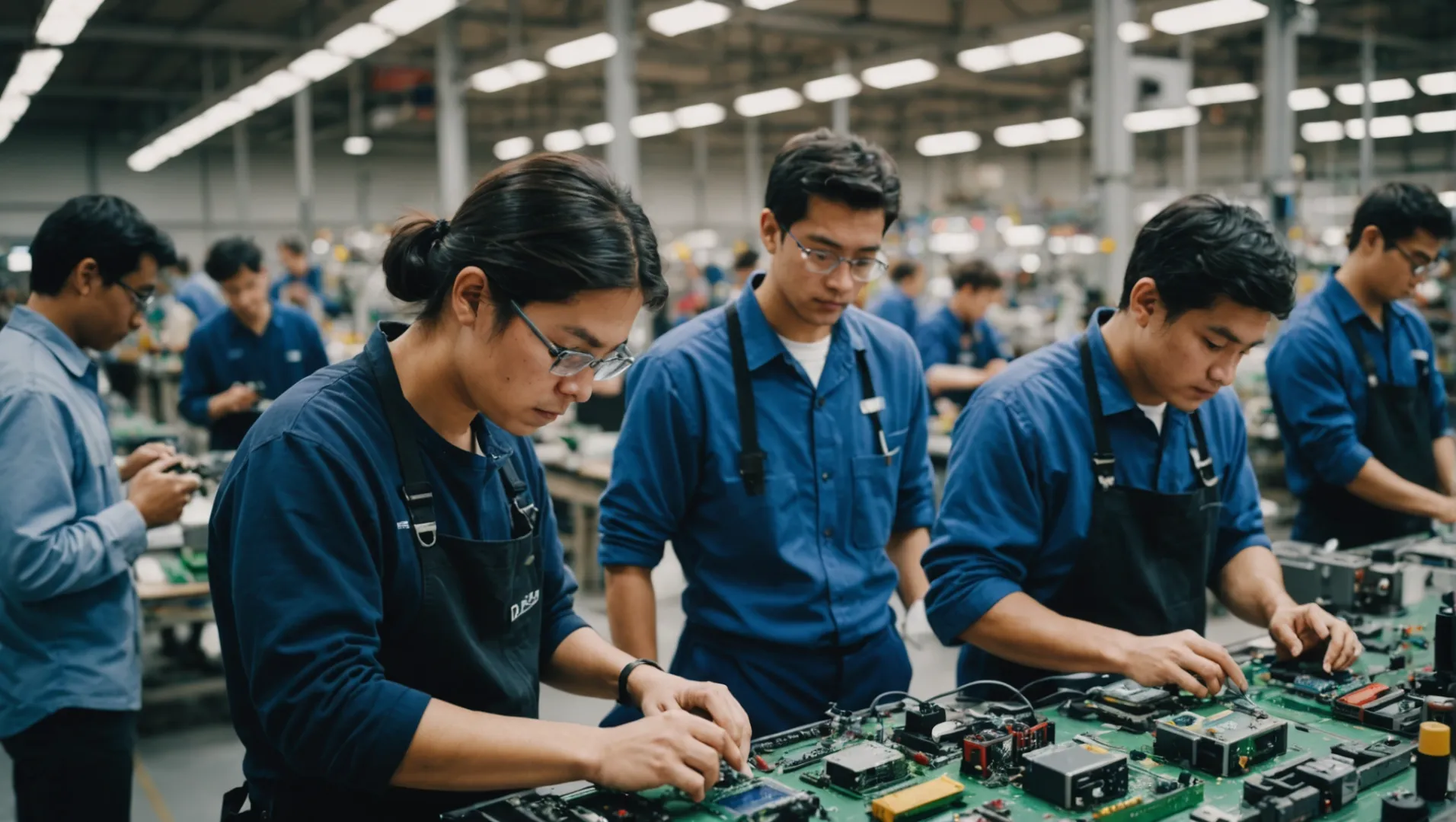
The Impact of Tariffs on Global Manufacturing
Tariffs are crucial in shaping the global manufacturing landscape by influencing where companies choose to produce their goods. For instance, high tariffs imposed by the U.S. on Chinese goods have prompted manufacturers to explore alternatives outside China to maintain profitability and avoid price hikes.
Strategic Relocation and Assembly
One common strategy is relocating assembly operations to countries with more favorable trade terms. In the air purifier industry, companies might opt for semi-knocked down (SKD) assembly4 in India. This approach involves importing components from China and assembling them in India, thereby reducing import tariffs and enhancing cost-effectiveness.
Comparative Analysis: India vs. Southeast Asia
While India is becoming a viable option for SKD due to its tariff structures, other Southeast Asian countries like Vietnam, Malaysia, and Thailand remain attractive due to their established infrastructure and proximity to China.
| Country | Advantages | Challenges |
|---|---|---|
| India | Favorable tariffs, growing market potential | Limited current market demand |
| Vietnam | Established logistics, closer to China | Emerging market, still developing infrastructure |
| Malaysia | Strong trade agreements, skilled workforce | Smaller domestic market compared to others |
| Thailand | Diversified manufacturing sector | Competitive regional dynamics |
Long-term Implications for Production Strategies
As tariffs continue to fluctuate based on international trade policies, manufacturers must remain agile. Long-term strategies may involve diversifying production locations and investing in countries with stable economic policies and trade agreements.
Companies that can navigate these complex trade environments effectively will maintain their competitive edge in the global marketplace. Understanding these dynamics is crucial for stakeholders seeking to optimize their production strategies in response to shifting tariff landscapes.
Tariffs often lead to relocation of assembly plants.True
Tariffs influence manufacturers to move operations to tariff-friendly regions.
India is less favorable than Vietnam for SKD assembly.False
India offers favorable tariffs, making it a viable SKD location.
Are There Viable Alternatives to Chinese-Made Air Purifiers?
With concerns over supply chains, many are seeking alternatives to Chinese-made air purifiers.
Yes, viable alternatives to Chinese-made air purifiers exist. Brands from countries like the U.S., Japan, South Korea, and emerging markets in India offer competitive products. These alternatives often focus on innovative technologies, sustainability, and local market needs, appealing to consumers prioritizing quality and ethical sourcing.
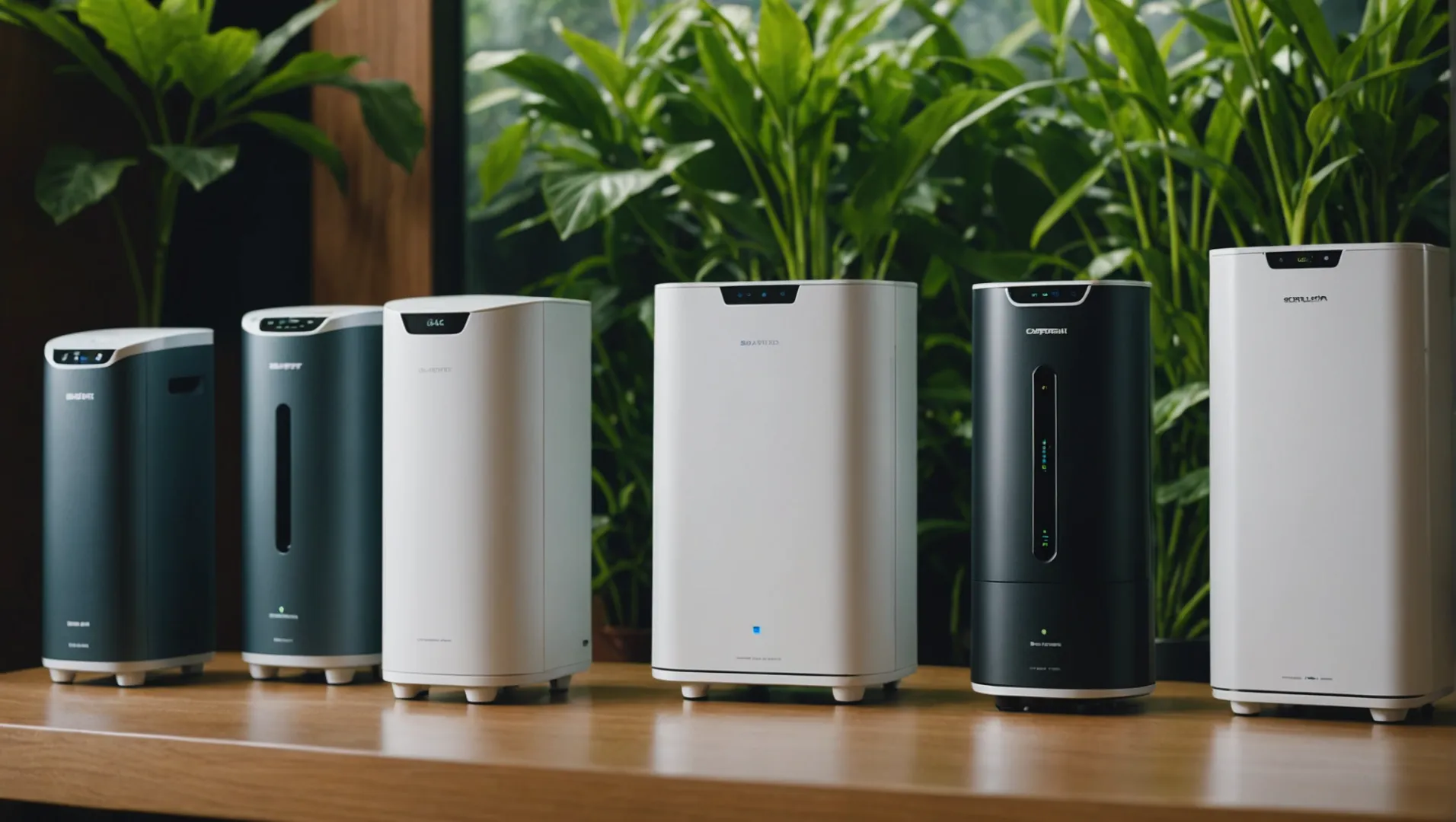
Exploring Global Air Purifier Brands
As the air purifier market expands, several countries have emerged as potential alternatives to China's manufacturing prowess. The United States5 and Japan6 are renowned for their high-quality production standards and innovative technology. These nations prioritize advanced filtration methods and smart features that cater to tech-savvy consumers.
The Role of South Korean Innovation
South Korea has made significant strides in the home appliance industry. Brands like Samsung7 and LG8 offer air purifiers that integrate IoT (Internet of Things) features, allowing users to monitor air quality remotely via smartphones. Such innovations appeal to a growing market of digital-native consumers seeking seamless integration into their smart homes.
The Indian Market's Emerging Role
While India is still developing its domestic air purifier production, it serves as a promising assembly hub for international brands looking to capitalize on lower tariffs and production costs. The strategy of importing components from China for assembly in India, known as SKD (Semi Knocked Down), allows for cost-effective distribution in the U.S. market due to reduced import tariffs. As this trend grows, consumers can expect more affordable options with comparable performance to Chinese models.
Sustainability and Ethical Production
Consumers increasingly prioritize sustainability, driving demand for eco-friendly and ethically produced air purifiers. Companies in Europe are leading this charge by focusing on sustainable materials and energy-efficient designs. Such practices not only appeal to environmentally conscious consumers but also align with global sustainability goals.
Quality vs. Cost: What Should Consumers Consider?
When evaluating alternatives, consumers should weigh factors such as product longevity, energy efficiency, filter replacement costs, and after-sales service. Although non-Chinese brands might come at a premium, they often offer superior warranties and customer support.
In summary, while China remains a dominant force in air purifier manufacturing, viable alternatives are available across the globe. These alternatives cater to varying consumer preferences, from cutting-edge technology to sustainable practices.
US air purifiers are known for smart features.True
US brands focus on advanced filtration and smart technology.
India exports fully assembled air purifiers worldwide.False
India assembles air purifiers using SKD method for local distribution.
Conclusion
While China remains a powerhouse in air purifier production, India's potential is burgeoning. As market demands and tariffs evolve, keeping an eye on these shifts can inform smarter purchasing decisions.
-
Explore China's advancements in manufacturing technology and scalability benefits.: China has reached a new stage in its economic development, with much greater innovation capabilities in its universities and domestic companies. ↩
-
Understand why China leads in global air purifier production.: China currently leads in air purifier production, boasting superior cost efficiency, production capacity, and research and development ... ↩
-
Explore how SKD operations enhance cost efficiency and local employment.: SKD is a middle ground between CKD and CBU and they require a little bit less work than CKD that is testing and Quality Check steps are reduced. ↩
-
Learn how SKD assembly helps reduce production costs.: A fully functioning vehicle is complete, built at manufacturing plant in home country, before being transported to a workshop where it is disassembled or ... ↩
-
Explore leading US brands known for innovative air purification technology.: In my research, I repeatedly found Molekule, Blueair, and Levoit recommended as best-in-class options. So, I tried all three. Below, I'm giving the lowdown on ... ↩
-
Discover how Japanese brands excel in air purification innovation.: Sharp FU-L30-W Plasma Cluster 7000 Air Purifier – Most Recent Model – Virus Pollen 10 Tatami Area - White. Regular price: $340.00. Sale price: $340.00 Sale. ↩
-
Learn about Samsung's smart features in their air purifiers.: Many of Our Air Purifiers contain innovative HEPA filtration systems that removes 99.97% of 0.3㎛ ultra-fine dust, obstruct the spread of captured bacteria, ... ↩
-
Understand LG's approach to integrating IoT in air purifiers.: Quiet operation. With noise levels as low as 23dB, LG's Smart Inverter cleans the air while keeping your space peaceful and quiet. Kid-friendly design ... ↩


